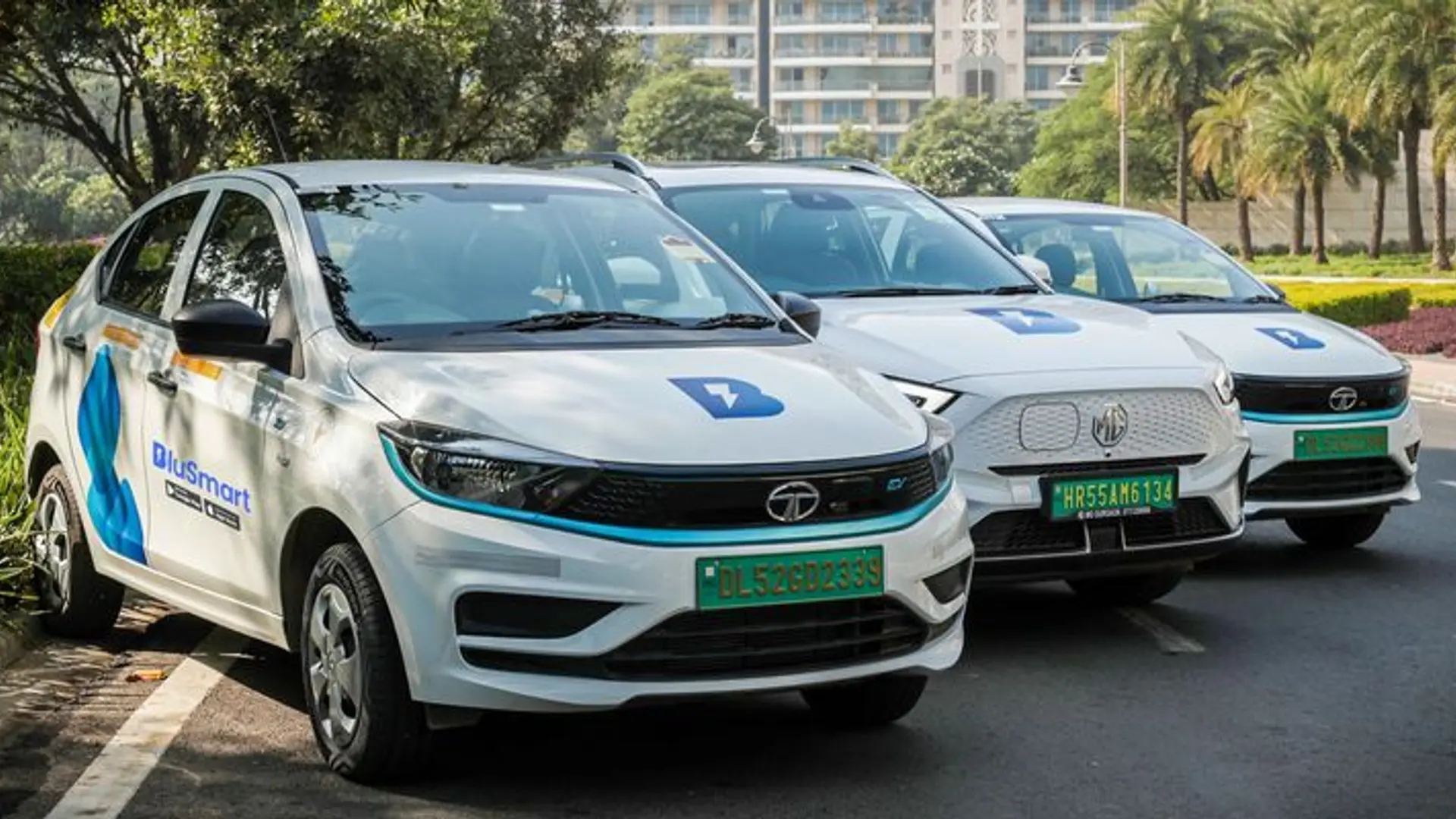One of my earliest childhood memories is rushing home after school and eating quickly enough to finish lunch before Thundersub would start. It was the most important twenty minutes of my day.
Thundersub (the original Japanese name is Blue Noah), was a Japanese anime about a submarine and its crew fighting an alien invasion. The show ran on Star Plus when the channel had first launched in the early nineties. It’s difficult to find anyone who’s seen it – but it defined my childhood for a year. It was a time when we lived in a one-and-a-half room house, and I spent two hours a day in cramped school-bus, with eight hours of boring, repetitive babble that we call education in between. Thundersub was my salvation, my window to a greater world.

Cartoon Network was launched four to five years after that. That was when animation started gaining traction in India. Shows like Ninja Robots, Swat Cats, Centurions, Captain Planet, were nameschildrenacross the big metros knew at the time. Most of the people I meet todayhave seen these shows ten years back. They remember the characters, the stories. They remember how excited they used to be.
Indian animated content, however, has found it more difficult to reach an audience.While cartoons were being lapped up in televisions across the country, and the animation outsourcing industry was booming, Indian attempts at making animated films were unmitigated failures. The list of flops is long: Hanuman, Roadside Romeo, Bal Ganesh, Return of Hanuman, even the recent, excellent Delhi Safari and Arjun - Warrior Prince.

That has changed with Chotta Bheem – the first definite success for Indian animation. Chotta Bheem is now the show of choice for five to eight year olds across Indian cities, displacing several global favorites including Doraemon. I have personally seen TVs in roadside slums in three different cities playing Chotta Bheem with the children watching in rapt attention.

Chotta Bheem’s runaway success highlights an important decision dynamic in Indian homes.Picking a movie to watch is a decision adults make, and they don’t easily choose animation. There can be a pull from children for an animated movie only if they already love the characters or the story.However, children do choose the TV shows they watch, and living in crowded Indian cities, with little access to playgrounds and sports, they watch a significant amount of TV. It is this audience that animation in India must target.
What is exciting about Chotta Bheem’s success is that its fans will age – and as they age the market for animation will widen. Some of this is already happening. Colors & DQ Entertainment (India’s largest outsourced animation company) recently launched Suraj: Rising Star, an animated show on cricket, focusing on themes for 12-14 year olds. Similarly, Batu Gaiden, launched by an exciting, new graphics novel company, Level 10 comics, is aimed at 6-10 year olds.

The rise of quality, children’s content with Indian themes is an important development. Children need stories more than we think. It shapes them and tells them there is more to the world than grim school teachers and weary parents. It expands their imagination, itmakes them laugh. It gives them heroic dreams.
Animated shows have meant a lot to children across the world. We should rejoice that it’s finally happening in India as well.
About the Guest Author
Aditya Mukherjee is a graduate of IIM Bangalore and the author of Boomtown – a story of food, friendship, romance, and the adventure of entrepreneurship.







